|
Chris “The Wolf” Winkler got his first taste for the track at the Jim Russell Racing Drivers School in Mont-Tremblant more than 20 years ago. Over the course of his semi-pro career, Winkler has done everything from claim an SCCA championship to going wheel-to-wheel racing on quarter-mile tracks. If it’s got wheels, he’s raced it. Last year Dodge tapped him to drive the 2016 Dodge Viper ACR (American Club Racer) in a quest to attain the undisputed title as the world’s fastest street-legal car. Since then the 2016 Dodge Viper has claimed 13 single-lap track records, setting a new mark for number of records held by a production car, and Winkler has been behind the wheel for eleven of them. Winkler, who works for Dodge as an SRT® Vehicle Dynamics Engineer, not only knows how to wring every 100th of a second out of the 2016 Dodge Viper ACR, he also helped build it. Here we caught up with Winkler to talk about his accomplishments on the track and what sets the 2016 Dodge Viper ACR apart from its legendary predecessors. Here we caught up with Winkler to talk about his accomplishments on the track and what sets the 2016 Dodge Viper ACR apart from its legendary predecessors. Redline: What originally got you into racing? CHRIS WINKLER: I wanted to get involved in cars and racing out of college. I crewed on a friend’s open-wheel car and went on to Jim Russell Racing Drivers School outside of Montreal. They were the coolest at the time because they allowed passing. I did their annual graduate runoff and won. That gives you a free year of racing up at their school. I took rookie of the year. The next year I won their series and that gave me a free ticket to their international championships in England. I went over, got one day to learn the course, and came in second. It would have been interesting to come in first since winning got you a year in a manufacturer’s cup series, second place got you nothing! Which track did you enjoy taking the Viper ACR on the most? Any track with a lot of elevation change and blind corners is the most challenging. The flat tracks and the modern tracks have their quirks but there’s nothing like the thrill of traversing the elevation changes typical of older tracks. Road Atlanta is one of my favorites, even though they eliminated one of the most exciting turns in racing by adding an S-turn to slow cars down coming in under the bridge. What’s the most challenging corner out of the tracks you’ve driven? I didn’t drive Laguna Seca for this campaign but it has turns 5, 6, the Corkscrew, and then turns 9 and 10. They have elevation changes and camber changes that make you commit the car early on until you reach the exit. In these superfast turns like the ones at Laguna you’re crossing your fingers for a good portion of them and hoping for the best. What are a few things that set the 2016 Dodge Viper ACR apart from its predecessors? The tire contact patch on the road for starters. The Kumho® Ecsta V720 tires are the equivalent of any DOT race tire. Kumho® has stepped up every time for FCA. We gave them a shot at the ACR and they succeeded beyond our expectations. The tires have great drivability at the limit and fantastic grip. The rear tires are fantastic for power delivery. The suspension, the BILSTEIN® shocks are tuned for the ACR. And the Extreme Aero Package transforms the car. Aerodynamic grip, produced by downforce, is essentially free grip. There’s no penalty or compromise in another performance area. It just helps you all around and it works better at high speeds than low speeds (1, 101 lbs. of downforce at 150 mph and 1, 533 lbs. at 177 mph). It’s part of what makes the Viper ACR such a great car. Where would you like to set the next lap record? It would be nice to go the ‘Ring (Nürburgring). That’s the elephant in the room anytime we talk about this kind of thing. We couldn’t go earlier because they shut it down for lap record attempts. We’ve been waiting for them to improve the track. You can tweak everything from the suspension to the aero package on the 2016 Dodge Viper ACR. Was there much variance in your setups for each track?
We’re going to share the tweaks we had for each of the tracks and publish the setup sheets for each run. The differences are very minor off of the standard set up, a click or two of shock or a half-inch of ride height. It’s a sensitive machine. It’s a racecar for the road and appropriately it responds like one. What makes the ACR so unique even within the Viper range of cars? We were able to use spring rates (600 lbs./in. on the front, 1, 300 lbs./in. in the rear) we have never come close to before and that helps the aero platform. What do you consider the most significant track record to date for the 2016 Dodge Viper ACR? We blew away the lap record at Laguna Seca and did it with Randy Pobst. He’s one of the best drivers there. He can somehow master the track with any car. We beat a $1 million hypercar by 1.24 seconds. It’s a significant margin. Right now it’s hard to imagine a better track car based on a car you can drive on the street.
0 Comments
Commonly referred to as the "Olympics of Motorsports," the Valvoline Runoffs® at Mid-Ohio Sports Car Course, October 2-8, will bring the country's top amateur road racers to the 2.4-mile, 15-turn permanent road course with SCCA Club Racing National Championships on the line. This season-ending battle traditionally features over 600 of the nation's top amateur drivers competing in 24 classes for the most coveted prize in amateur auto racing - an SCCA National Championship. The 2000 event is the 37th edition of the Valvoline Runoffs® and the seventh consecutive time Mid-Ohio has played host. Some of the best and most well-known road racers have claimed gold at the event Car and Driver calls one of the "Top Ten" in motorsports. Skip Barber, Elliott Forbes-Robinson, Paul Newman, Roger Penske, Bobby Rahal, Jim Trueman and Jimmy Vasser have all won SCCA National Championships en route to professional careers in motorsports. "You race against the best and it's just like a pro race because the importance is there," Elliott Forbes-Robinson said. Forbes-Robinson won a B Sedan title and a C Production title at the Runoffs in 1976, and an A Production title in 1978. "It's a great feeling to know you can get in your car and be the best in the country." The winners of the 24 classes typically represent an eclectic group of champions. Some victors are hobbyists racing for the sheer thrill of competition. Others, such as three-time CART champ Bobby Rahal, opened doors to professional racing at the SCCA Club Racing level. To earn the right to race for an SCCA National Championship, drivers must compete in a minimum of six national events in one of eight SCCA divisions. The top eight competitors per division in each of the 24 classes are invited to the Runoffs. After a day of practice and three days of qualifying, competitors will square off in 20-lap races to determine this year's best amateur drivers. "The Valvoline Runoffs® is some of the best racing action you will see at Mid-Ohio," Mid-Ohio Sports Car Course President Michelle Trueman Gajoch said. "The competitors' entire seasons come down to one 20-lap race. They go home as the best in the country, or they go home thinking about and working toward next year's event." To make the Valvoline Runoffs® possible, the SCCA recruits more than 600 volunteers from over 35 states and Canada. The diverse crowd, which comes to Mid-Ohio as course marshals, technical inspectors, and timing and scoring officials, will travel from as far away as Washington, Florida and New York to help stage this year's "Olympics of Motorsports." The Valvoline Runoffs® has been part of the Mid-Ohio Sports Car Course season schedule since 1994, when the SCCA National Championship event came to the historic course after 24 years at Road Atlanta. Mid-Ohio has the second longest tenure as host of the event. The Formula CategoryIn the SCCA there are six formula classes are all single-seat, open-wheel racecars. They are built to detailed specifications for weight, size and engine displacement. There are incredible power to weight ratios in each class. Van Diemen RF99Van Diemen was founded in 1973 by Ross Ambrose and Ralph Firman Sr., whose children Marcos Ambrose, Ralph Firman Jr. and Natasha Firman have since gone on to have successful racing careers. The company's name comes from the island of Tasmania, Australia, which was formerly known as Van Diemen's Land and is where Ambrose was born and lived before moving to the UK to co-found the company.
|
Develop
Here you can find out about our developments and experiences in coaching and engineering Archives
January 2022
Categories
All
|
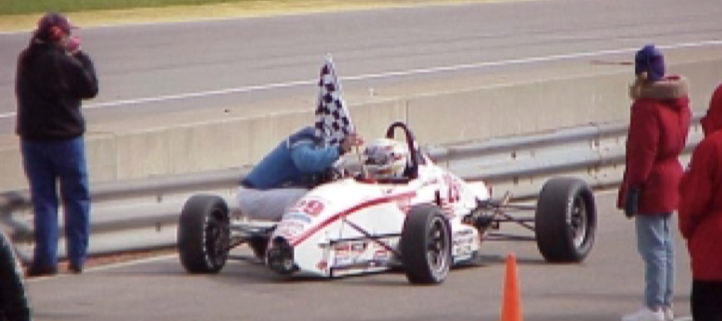
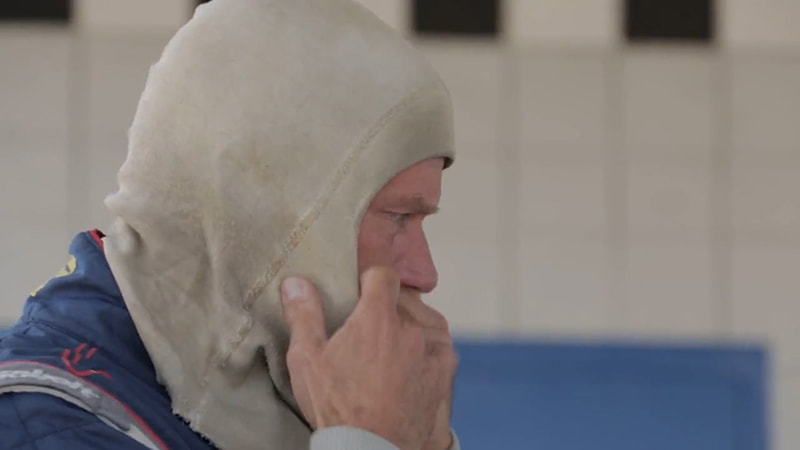
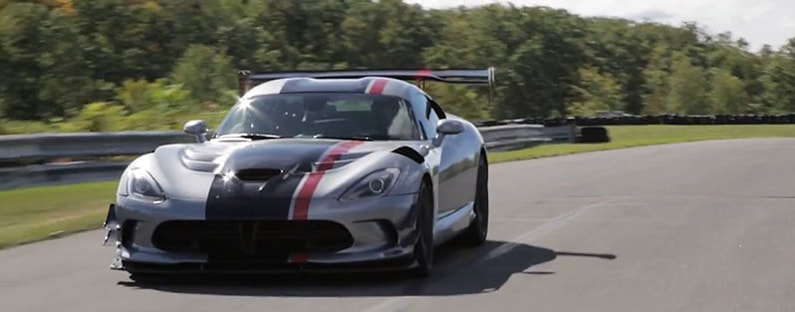
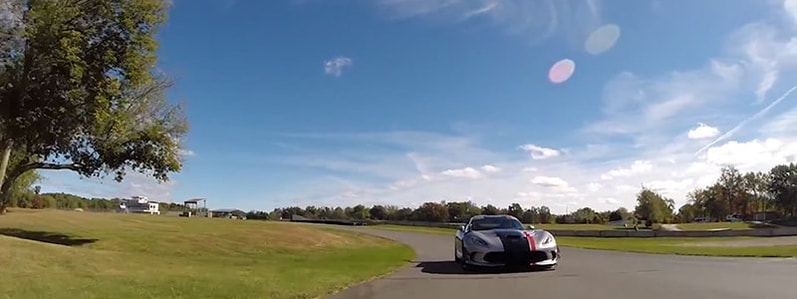
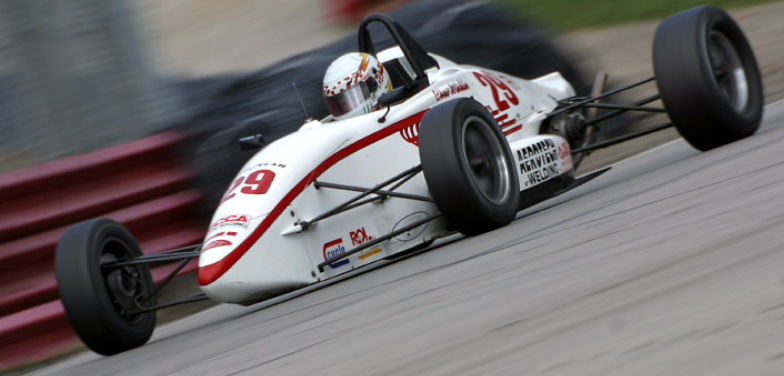
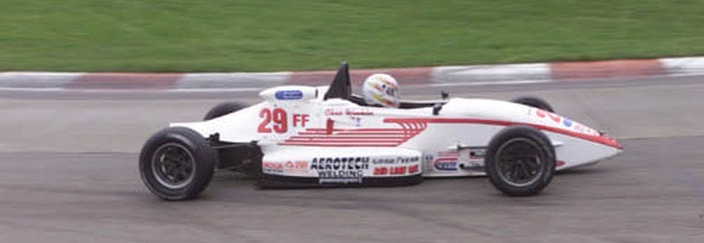
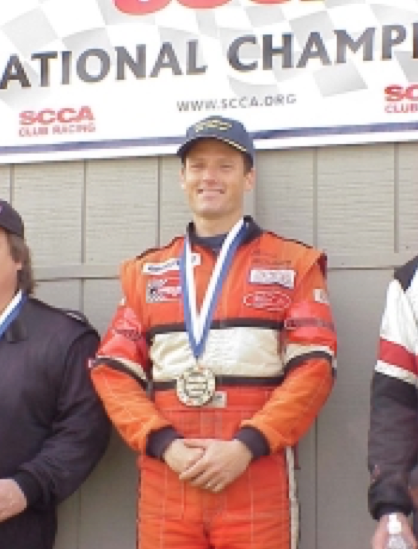
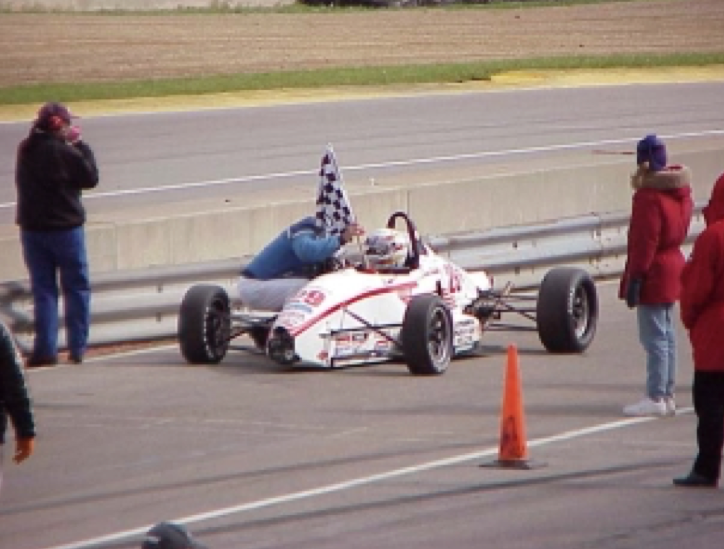
 RSS Feed
RSS Feed